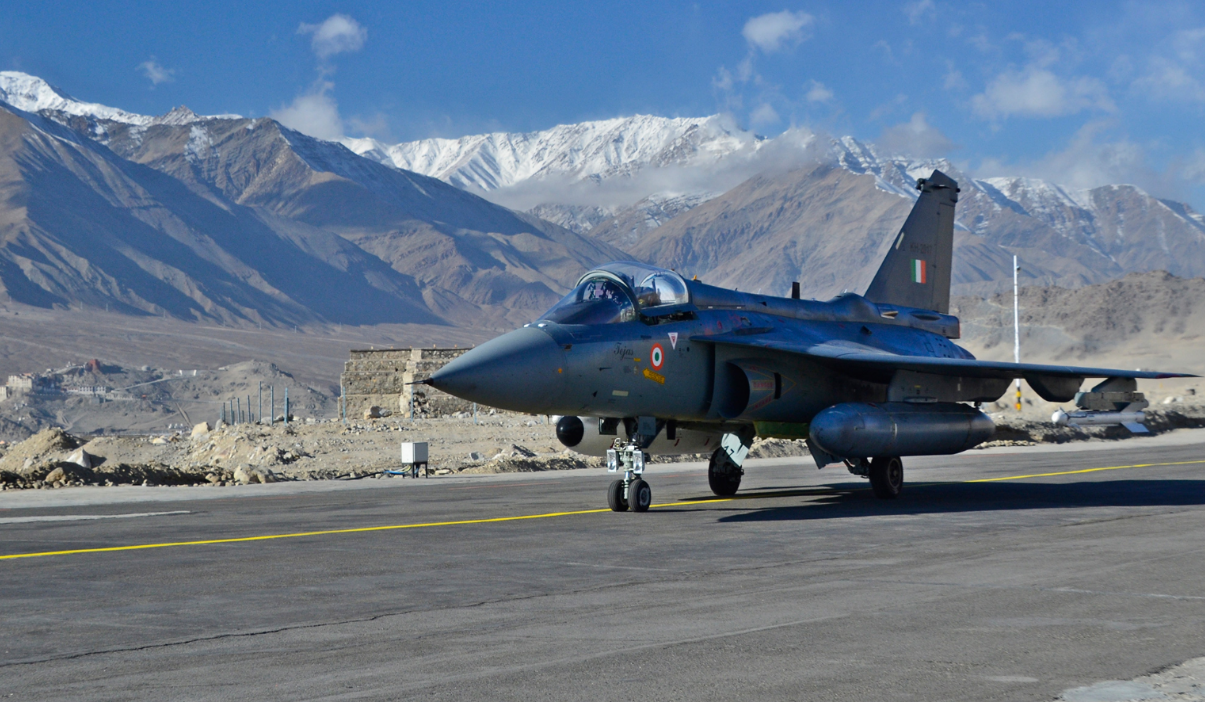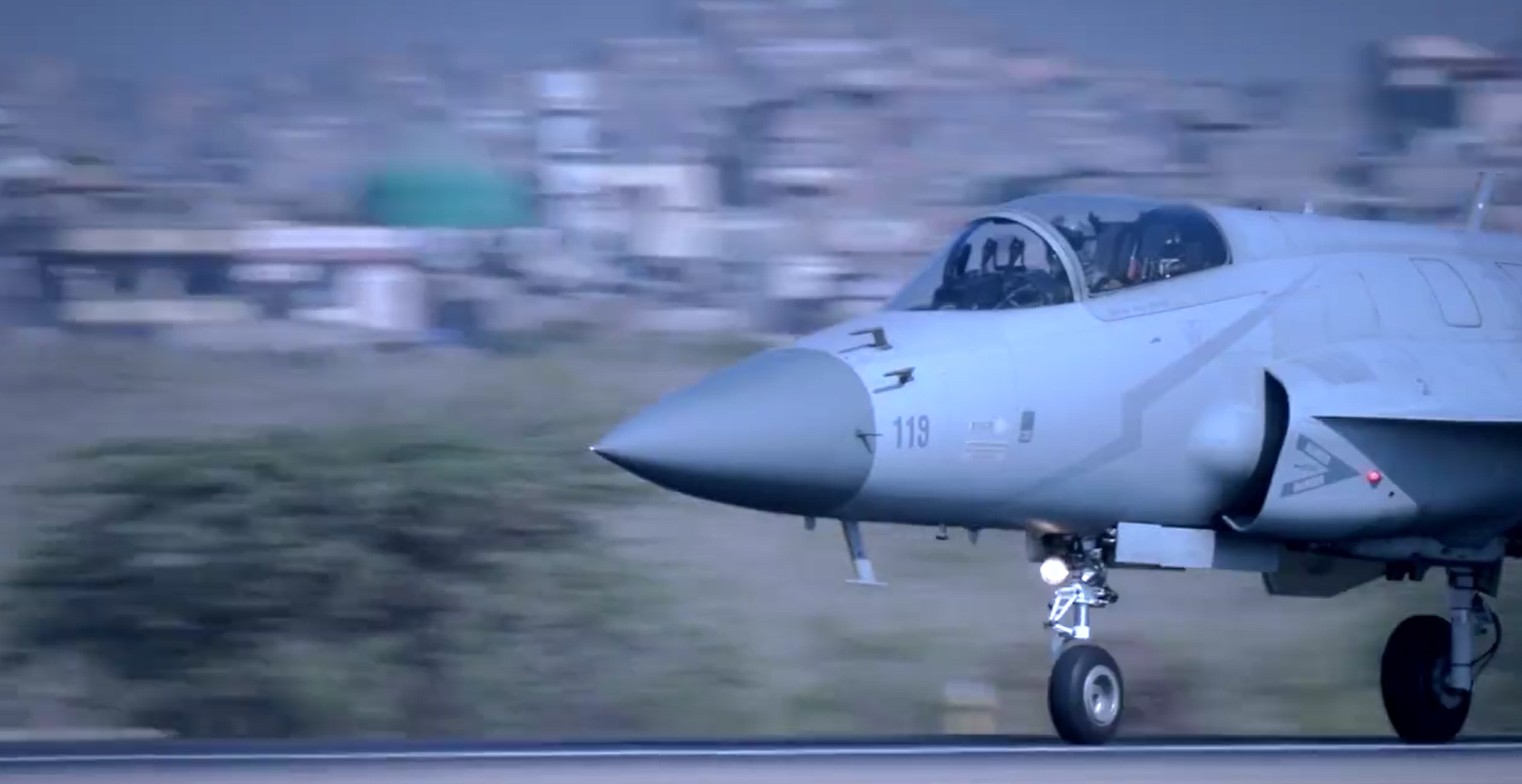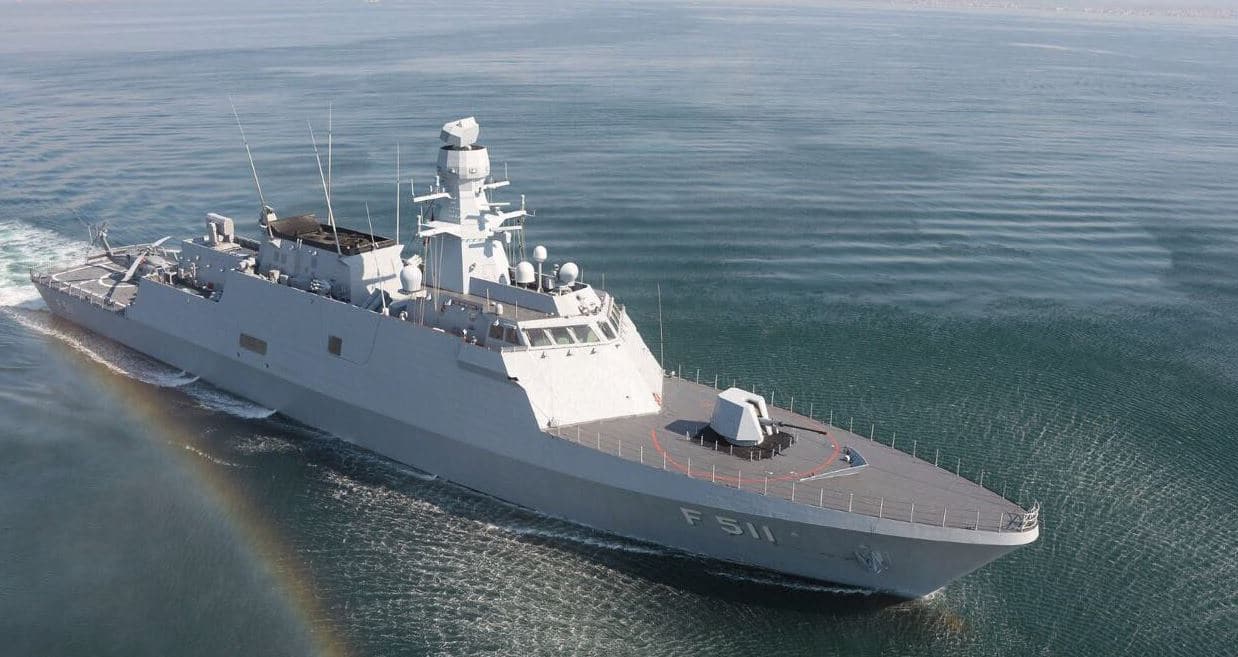2493Views 1Comment

France offers to invest $1.12 billion U.S. in Kaveri turbofan
According to the Economic Times, France is willing to invest more than $1 billion U.S. in the Kaveri, India’s homegrown turbofan engine program. The offer was made as part of the French defence industry’s offset promises to India (in-exchange for New Delhi’s expected purchase of 36 Dassault Rafales).
Reportedly, Safran – France’s world-class aero-propulsion maker – has been in talks with its counterparts in India over the prospect, not just in terms of investment in the Kaveri, but the Shakti turboshaft program for India’s homegrown helicopter programs as well.
Comment and Analysis
Currently developed by the Gas Turbine Research Establishment (GRTE) (a branch of the Defence Research and Development Organization or DRDO), the Kaveri is under development for eventual use on the Hindustan Aeronautics Limited (HAL) Tejas or Light Combat Aircraft (LCA).
Although India has achieved commendable success in developing much of the engine, critical components and aspects (which necessitate power, efficiency and dependability) are not yet within its technological means. According to the Economic Times, Safran believes it can seal those gaps and have the Kaveri ready for use on the HAL Tejas (and its forthcoming Mk 1 A version) by 2020. A smaller version of the Kaverk -designated “Ghatak” – is also being envisaged, namely for use on unmanned aerial vehicles.
Commercial offsets and technology transfer initiatives have become essential features of India’s pending and future off-the-shelf defence purchases. Offsets are basically promises on the part of the foreign companies – e.g. Dassault, Boeing, Safran, Thales, etc – to invest in India in-exchange for arms purchases from the Indian government. The investment amount equals a portion – up to 40-50% – of a deal’s value.
Safran’s offer to support GRTE in the Kaveri’s development is an attractive prospect. The availability of a domestically sourced turbofan will provide a substantial boost to the Tejas’ export viability, especially with countries that are not on the best of terms with the U.S. (an essential aspect considering the Tejas currently uses the General Electric F404).
Granted, the Tejas also uses an Israeli radar and helmet-mounted display and sight (HMD/S) system, but these subsystems are much easier to source from alternative vendors than an engine, which requires a high level of integration capacity as well as time for testing and certification. The Kaveri would change the equation, potentially even position the Tejas as a serious contender in the lightweight fighter market.
That said, there are caveats to be mindful of in terms of Safran’s participation. Unlike traditional transfer-of-technology agreements, whereby the vendor relinquishes technology (as well as a license to reproduce) to the end-user (i.e. a military arm or government), commercial offsets are private ventures. What this means is that while Safran could support the Kaveri program with critical technology, there is a chance that the innards of this technology and expertise will be withheld from GRTE. Of course, a contract could be written to encourage the transfer of intellectual property (IP) and sensitive technology, but to suggest that Safran would part with the very ingredients of its success would be a stretch.
That aside, even a joint Safran-GRTE Kaveri is a substantially better proposition than a basic import. For every Kaveri built, it will be the Indian defence industry that will benefit, which in turn equates to jobs for Indians in India and a reduction of foreign exchange outflows (on a big-ticket item no less). Factor this in with potential exports, then the concern of Safran retaining sensitive IP is of limited consequence.
Additional Thoughts
In terms of India’s primary defence rivals, i.e. China and Pakistan, it is likely the following will (or should be) of consideration. In China’s case, alleviating the concerns of Safran and others over IP theft would be prudent. In fact, it would seem such measures are already in place considering Safran is working with AVIC to develop a new turboshaft (WZ-16) for the Z-15 utility helicopter (and potentially even the CAIG Z-10 attack helicopter). Tighter IP controls could enable China to see similar developmental support in other areas, especially since the size of China’s civil and defence market (for aerospace products) is significant.
Pakistan unfortunately is not at the stage where it can match India’s development of turbofan engines or New Delhi’s leverage for commercial offsets. That said, Islamabad can strive to strengthen its technology ties with China, potentially utilize Beijing as a conduit to develop a large pool of skilled engineering and scientific labour. There will be a ceiling in terms of how much Pakistan can attain from China (or any other country for that matter), but like India, it has the potential to at least form the foundation for ambitious development – e.g. fighter turbofans – in the future.
That said, skilled labour as well as targeted or focused investment in less sensitive – but relatively vital – areas, such as micro turbojet or micro turbofan development, could be prudent. Micro turbojets power cruise missiles, which form the mainstay of Pakistan’s so-called ‘tactical nuclear weapons’ deterrence shield. While complex, this area is still comparatively less complex and costly than developing a turbofan engine for a fighter aircraft. The fact that Pakistan would conceivably acquire a much larger number of micro turbojets (for use on an array of cruise missiles) is also an advantage, it can distribute development costs and draw maximum utility.



1 Comment
by HINDOL BANDYOPADHYAY
Good going , by India .
Prepare most advance fighter jet .